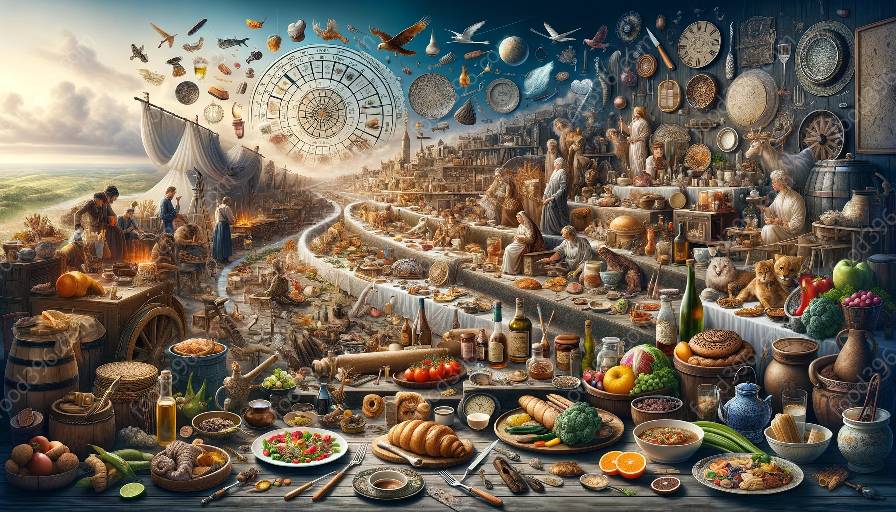Roman cuisine, a delightful amalgamation of flavors, traditions, and history, holds a special place within the broader story of Italian cuisine. Rich in diverse cultural influences and ancient culinary practices, Roman cuisine offers a tapestry of flavors that reflects the city's storied past and vibrant present.
The History of Roman Cuisine
Embarking on a gastronomic journey through Roman cuisine means delving into centuries of culinary evolution and the fusion of diverse cultural elements. From the earliest days of the Roman Empire to the present, this cuisine has undergone transformations, drawing from the influences of Etruscan, Greek, and Arab culinary traditions, as well as experiences of global trade and migration.
Ancient Roman Influences
The foundations of Roman cuisine were laid during the time of the Roman Republic and Empire. Ancient Romans enjoyed a diet rich in grains, vegetables, fruits, and meats. They excelled in the art of preserving and flavoring food, cultivating a wide range of culinary techniques that would leave a lasting impact on future generations.
The Italian Renaissance
During the Italian Renaissance, the culinary landscape of Rome experienced a renaissance of its own. This period witnessed the introduction of new ingredients such as tomatoes, potatoes, and peppers from the New World, forever altering the flavor profile of Roman cuisine.
Modern Developments
In the modern era, Roman cuisine has continued to evolve, embracing contemporary trends while preserving its deep-rooted traditions. From the rise of trattorias to the global recognition of pasta dishes and iconic Roman specialties such as cacio e pepe and carbonara, this cuisine remains at the heart of Italian culinary identity.
Flavors and Ingredients of Roman Cuisine
At the core of Roman cuisine are the fresh, aromatic ingredients that form the basis of its iconic dishes. From the earthy flavors of wild herbs and spices to the rich, savory notes of cured meats and cheeses, Roman cuisine celebrates the bounty of the surrounding countryside and the Mediterranean Sea.
Regional Specialties
Roman cuisine boasts a myriad of regional specialties that showcase the diversity and richness of the local terroir. From the hearty stews of the Lazio region to the indulgent pasta dishes of Rome, each dish tells a story of tradition and craftsmanship.
Influential Dishes
Exploring the menu of Roman cuisine reveals a treasure trove of iconic dishes that have captured the imagination of food enthusiasts worldwide. From the humble supplì to the elegant saltimbocca alla Romana, each dish embodies the essence of Roman culinary artistry.
Cultural Significance
Roman cuisine not only tantalizes the taste buds but also embodies the vibrant cultural tapestry of Italy. The conviviality and warmth of Roman dining traditions reflect the city's convoluted history and its enduring love affair with food, family, and community.
Historical Influences
The enduring legacy of Roman cuisine is intertwined with the city's rich history, from the grand feasts of emperors to the humble meals of plebeians. The cuisine serves as a living testament to the resilience and creativity of the Roman people throughout the ages.
Social Customs
From the tradition of gathering around the table for a leisurely meal to the vibrant street food culture, Roman cuisine embodies the convivial spirit of Italian gastronomy, fostering connections and cultivating a deep sense of community.
Conclusion
Embark on a journey through the captivating flavors and rich history of Roman cuisine to discover the heart and soul of Italian culinary tradition. From its ancient roots to its modern manifestations, Roman cuisine invites you to savor the essence of a city where history and gastronomy intertwine, creating an unparalleled dining experience.

